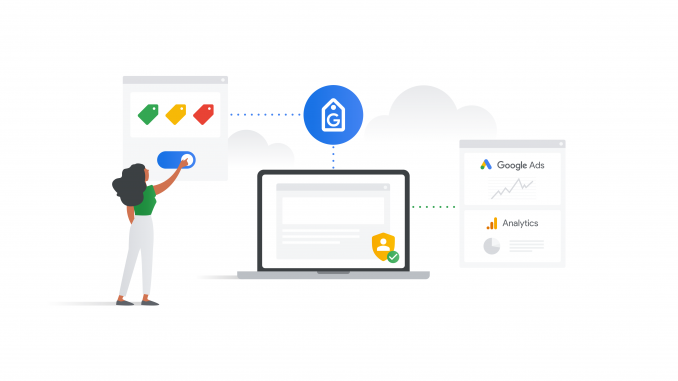
Google is making it easier to apply the Google tag across an entire website by integrating it with Google Advertisements and Google Analytics.
Sitewide tags are essential to properly understand how guests interact with a website and its advertisements. With this being said, it is by no means easy to set up and manage markers without specialized technical expertise. Back in August, Google rolled out a single, applicable Google tag that helps advertisers set up and manage sitewide markers. The Google tag allows advertisers access to more functionality across different Google products and accounts without changing a website’s law. Now, Google is rolling out fresh capabilities that simplify the setup process and give further visibility into a point’s dimension content.
Tag Coverage Summary
To improve upon the accuracy of measurement, tagging should be used across all website pages. Using the new tag coverage summary, you can immediately determine whether your Google label has been implemented on all your websites. This summary also suggests pages that may not have been properly tagged to ensure that they are included.
Google states that you will see where your markers are implemented in suggested pages, which can be added to your summary to better understand your tag coverage on these pages at a later stage. And, if the suggestions don’t include all your website pages, quickly add the URLs by entering them or uploading a CSV train. You can also click the Tag Assistant icon next to each page to determine whether your tags are properly implemented.
Integration With Google Advertisements & Analytics
To make the use of Google tag more user-friendly, businesses and advertisers will soon be able to access Google tag capabilities directly integrated into Google Advertisements and Google Analytics. This integration removes the need to add further laws to your website. For businesses using popular content operation systems or website builders, you’ll now be suitable to install a new Google tag across your website without making manual changes to the site code.
You can re-use your current gtag.js implementation or produce a new Google tag to deploy without making changes to your website code. You can do this directly in your CMS within the Advertisements, and Analytics account setup flows. CMS instructions are shown on your installation screen for platforms that are integrated with the Google tag.
Do you want to grow your business’s online presence? Contact Us today! https://fuziondigital.co.za/contacts/

Leave a Reply